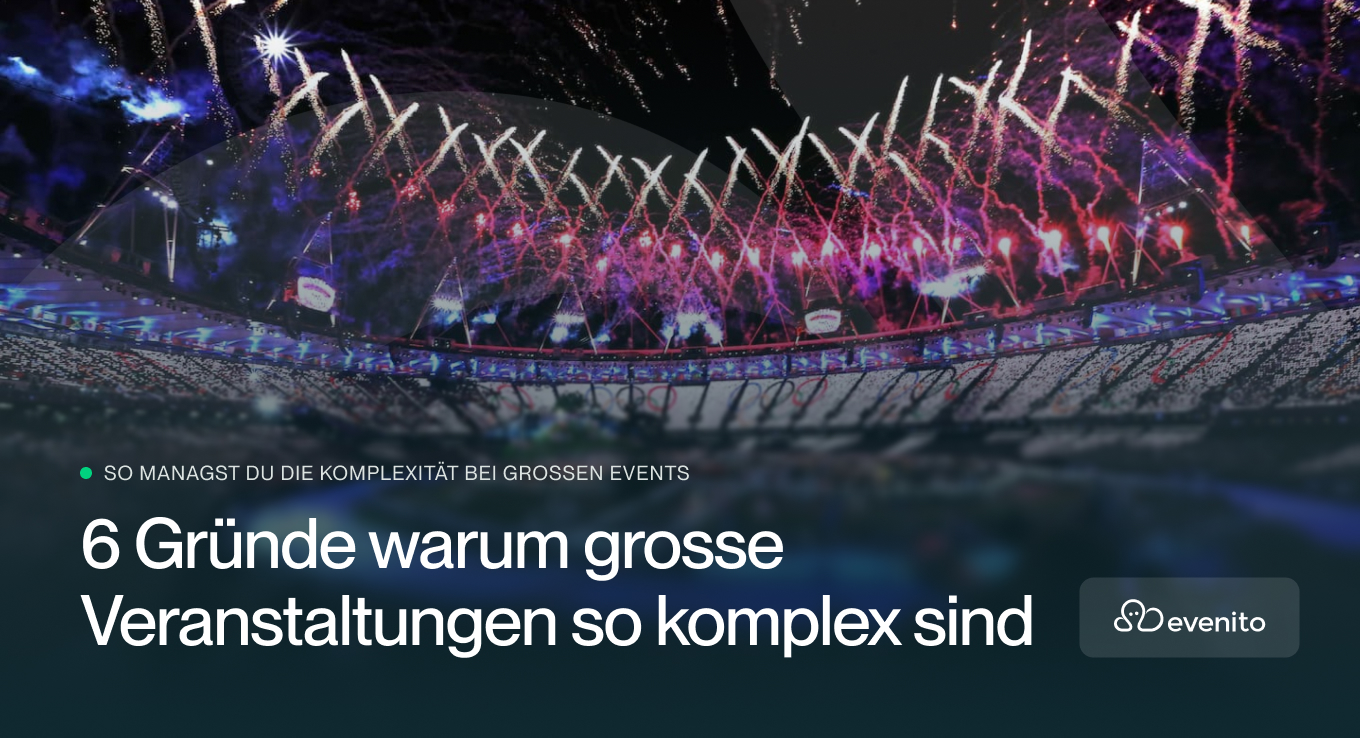Achieving success through stories: The key role of storytelling in event communication
Events of all kinds are popular leisure activities around the globe. Whether it's for a music festival, trade fair, or congress, thousands of people flock to event venues every time. As we all know, the Coronavirus pandemic led to a rapid slump in both the number of events and their visitors. Over the past two years, however, the numbers have risen significantly again.
Event organisers face several challenges arising from the Coronavirus pandemic that need to be overcome. Not only are some people still sceptical about large gatherings, but it has also become more difficult to attract audiences to different events.
A proven method to stand out from the crowd and build an emotional connection with the audience is storytelling. In this blog, we will explore the opportunities that storytelling offers in event communication and how you can apply it successfully.
The power of stories
What exactly is storytelling? If you’re thinking of a bedtime story or a spooky campfire tale, you’re most certainly on the wrong track.
Storytelling is much more about the art of using stories to convey information, ideas, or emotions in an engaging and memorable way. It uses narrative techniques to captivate listeners or readers, establish a deeper connection to the content, and evoke a specific response. Storytelling can be deployed in various contexts, for example in event management. By using storytelling as a central element of event communication, not only can you promote events, but you can also make them into immersive experiences.
A well-crafted backstory for an event can spark curiosity and captivate potential participants. Whether it’s an inspiring origin story for the event or a fascinating narrative about its themes and goals, stories give the event a soul and make it more tangible.

Creative approaches to storytelling in event management
There are various types of storytelling, each differing in approach and purpose.
- Classic narrative storytelling has a linear structure, characters, conflict, and a climax.
- Visual storytelling uses images, videos, or graphics to convey the story.
- Digital storytelling applies modern technology and interactive media to present stories dynamically and often in a multimedia format. By using various platforms and media, the story can reach a wider audience.
- Data-driven storytelling involves presenting data and statistics to make complex information understandable and engaging.
The different approaches allow stories to be told in diverse and innovative ways, addressing different target audiences and achieving the desired impact.
The classic: Personal testimonials
For as long as they’ve been able to communicate, humans have likely been sharing personal experiences. This classic storytelling method remains the most widely used and powerful approach today. At the heart of this narrative technique are personal testimonials from past event attendees, staff, and clients.
The goal is to tell an authentic story that gives an insight into the experiences and added value of the event. When potential participants hear how great a party was or how profitable a trade fair was, they are more likely to feel spoken to and motivated to take part themselves.
Visualisation: In the action instead of on the sidelines
The room is shaking, the bass is thumping, and people are dancing and having a great time. That’s exactly what you want from a successful party. And what better way to convey this feeling than through images and videos? After all, a picture is worth a thousand words.
Images, videos, and infographics enhance the narrative and bring it to life. A short teaser film showcasing highlights from past events or an emotional video statement from the keynote speaker can be a powerful tool to increase interest and build excitement for the upcoming event.
Digital platforms also provide the perfect opportunity to spread stories and the event itself to a wider audience. Sharing, liking, and commenting are key, and with a compelling story paired with an eye-catching image, event management becomes a breeze.
Bringing events to life
Storytelling in event communication is much more than just an event marketing tool. By telling inspiring stories, you’re not just promoting an event. You're utilising experiential marketing to promote an experience. Participants are drawn into the event and develop an emotional connection with it. This emotional bond not only increases the likelihood of attendance but also enhances word-of-mouth promotion and long-term loyalty to the event.
Extra Info:
https://wilkenwerk.de/storytelling-im-event-marketing-tipps-fuer-geschichtensucher/
https://de.statista.com/statistik/daten/studie/233136/umfrage/veranstaltungen-und-teilnehmer-auf-dem-veranstaltungsmarkt-in-deutschland/
https://www.strategisches-storytelling.de/was-ist-storytelling/


.svg)



